2023 Annual Report
I lāhui na‘auao Hawai‘i pono, I lāhui Hawai‘i pono na‘auao.
There will be a culturally enlightened Hawaiian nation,
There will be a Hawaiian nation enlightened.
Priority Recommendations for Native Hawaiian Education
Priority Funding Recommendations for Native Hawaiian Education
Prioritize Hawaiian Language-Medium Instruction and Culture-Based Education Programs
Strengthen Connection to ‘Āina, Culture, and Language
Address Achievement Gap Measurement and Standards
Focus on Implementation and Mastery

Read more
FY23 Priority Recommendations for Native Hawaiian Education
The Education Council shall use funds made available through a grant under subsection (a) to […] (6) prepare and submit to the Secretary, at the end of each calendar year, an annual report that contains […] (D) recommendations to establish priorities for funding under this part, based on an assessment of—
- the educational needs of Native Hawaiians;
- programs and services available to address such needs;
- the effectiveness of programs in improving the educational performance of Native Hawaiian students to help such students meet challenging State academic standards under section 1111(b)(1); and
- priorities for funding in specific geographic communities.̋
—Sec. 6204(d)(6) of the Native Hawaiian Education Act
1. Prioritize Hawaiian Language-Medium Instruction and Culture-Based Education Programs:
Prioritize Hawaiian language-medium instruction and culture-based programs for Native Hawaiian learners to enhance equity, resilience, and social-emotional well-being, and narrowing achievement gaps. This focus is crucial due to:
- COVID-19 Impact on NHPI Communities: Given the heightened vulnerability of NHPI communities to emerging COVID variants in 2023, stabilizing a learning continuum and preserving cultural practices is of utmost importance. NHPIs face disproportionately high rates of COVID-19 cases and fatalities, necessitating targeted efforts to safeguard their well-being (Hofschneider, 2020; UH News, 2020);
- Cultural Context and Vaccination Hesitancy: The historical context of population decimation and cultural loss due to American imperialism, it is imperative to address the resulting mistrust and vaccination hesitancy among NHPIs. Recognizing the power of culture-based programs and belief systems in navigating the pandemic, efforts such as the Community-Based Subsistence Fishing Area exemplify the potential for integrating cultural practices with public health initiatives (NHEA, 2015; UH News, 2022; Kamaka et al., 2021); and
- Impact of Maui Wildland Fires on Education and Well-being: Address the mounting impacts of health, well-being, and education loss resulting from the August 8, 2023 Maui wildland fires. This catastrophe that destroyed an entire community, including destruction of three schools, left approximately 3,000 students displaced. With the additional challenges of distance learning during the pandemic and now destroyed school facilities, bridging learning gaps and trauma-informed approaches to student well-being are critical concerns for our Lahaina, Maui learners (UH News, 2023).
2. Strengthen Connection to ‘Āina, Culture, and Language:
Native Hawaiians’ deep ties to ‘āina, culture, and language have a profound impact on their social and cultural well-being. The pandemic has underscored the significance of these connections, as reflected in feedback from community consultations. Participants emphasized the need for cultural programming, values, learning ‘ōlelo Hawai‘i, and ‘āina work for success, signaling a shift in perspective brought about by the pandemic (Kaholokula et al., 2020; Native Hawaiian Education Council, 2022).
3. Explore Community-Driven Definitions of Student Achievement in Culturally-Responsive Curriculum vs. Western Achievement Gap Measurement and Standards
The examination of the achievement gap underscores the influence of colonialism, as the very concept of a “gap” implies a departure from the Eurocentric, White, Western benchmark for student proficiency (Wright et al, 2023). When considering Native Hawaiian education, such as Hawaiian immersion schools that predominantly instruct in the Hawaiian language, it becomes evident that English-based standardized tests are inadequately designed to accurately assess the capabilities of students (Tagami, 2023). In light of community feedback, it is crucial to not only recognize the importance of existing priorities related to Kula Kaiapuni but also to ensure they are effectively implemented. Participants expressed a need for clarity regarding assessment measures and standards, particularly in closing achievement gaps. Emphasis was placed on prioritizing Kula-specific standards that align with the unique context, curriculum, and approach of Native Hawaiian education. Participants also called for a thoughtful consideration of what constitutes “achievement” for Native Hawaiian learners, emphasizing the need for community-driven definitions (FY23 community consultation feedback).
4. Focus on Implementation and Mastery of Skills:
To maximize the impact of Native Hawaiian education, there is a need to prioritize the initial stages of the first priority—asserting Hawaiian language-medium instruction and culture-based education. This entails honing proficiency in these areas before moving on to consider the broader outcomes. This approach ensures that the foundational elements are well-established and form a strong base for achieving broader educational objectives (FY23 community consultation feedback).

Verbiage Recommendations for Next Application for New Awards: Native Hawaiian Education Program (NHEP) – Federal Register
Section 1 – Full Text of Announcement, Funding Opportunity Description, Background
Competitive Preference Priority 1 – Native Hawaiian Education Priority Activities
The use of the Hawaiian language as a medium of instruction
The use of ʻāina-based, culture-based programming
Read more
In alignment with the Education Council’s priority recommendations, we propose amendments to the grant notice to invite applications (NIA) and competitive preference priority for Native Hawaiian Education Priority Activities section:
Section 1 – Full Text of Announcement, Funding Opportunity Description, Background
“In accordance with section 6204 of the ESEA, the Native Hawaiian Education Council (NHEC) was established in 1994 with the statutory responsibility to coordinate, assess, and provide guidance to appropriate Federal, State, and local agencies on the effectiveness of existing education programs for Native Hawaiians, the state of present Native Hawaiian education efforts, and improvements that may be made to existing programs, policies, and procedures to improve the educational attainment of Native Hawaiians. In its 2022-2023 annual report, the NHEC recommended the Department prioritize funding projects that (1) assert Hawaiian language-medium instruction and culture-based education programs; (2) strengthen connection to ‘āina, culture, and language; (3) address student achievement gap measures and standards, with emphasis on kula-specific standards that align with the unique context, curriculum, and approach of Native Hawaiian education; and (4) focus on demonstration of implementation and skills mastery of culture-based education and Hawaiian language proficiency. The Department encourages applicants to review NHEC’s most recent program recommendations (available at: http://www.nhec.org/nhec-reports/annualreports/) prior to applying, so that applicants can benefit from the research and community outreach that informed NHEC’s recommendations.”
Competitive Preference Priority 1 – Native Hawaiian Education Priority Activities (up to 3 points):
Include Hawaiian langauge as medium of instruction in (d) so it will now read:
“(d) The use of the Hawaiian language as a medium of instruction.”
Additionally, include a new priority (e) for ‘āina-based and culture-based learning to now read:
“(e) The use of ‘āina-based, culture-based programming.”
By incorporating these changes, we seek to further underscore the critical role of Hawaiian language and culture-based education in Native Hawaiian student success and well-being, emphasizing their importance as we move forward in promoting Native Hawaiian self-determination and educational excellence.